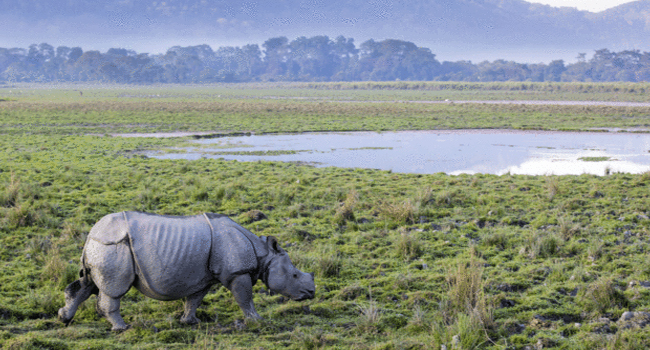Census in Kaziranga National Park

The census is conducted in the 52 wetlands in the parks. In 2021, the bird count increased to 93,491. It was 34,284 in 2020. The bird count has increased by 175% in one year.
Around 126 species were spotted during the census. The census used point count method.
The census reported 868 deers. This includes 173 males, 557 females and 138 yearlings. Unfortunately, the deer population has decreased. Earlier it was 907. The population of deers in the park decreased mainly because of floods.
66,776 wetlands birds were reported. Of this 42,205 were counted in the national park area. 24,571 were counted in Burhachapori Wildlife sanctuary and Laokhowa.
Of all the animals, the bar headed geese were in greatest numbers. There were 16,552 bar headed geese. Also, the census reported 5,631 common teal, 9,493 northern pintail and 2,236 ferruginous ducks.
40,000 hog deers were reported. They are the main food for the tigers in the park.
35 elephants were spotted.
The census found that the swamp deer population was very low. Therefore, the few swamp deers were translocated to Manas National Park. There is no threat of floods in the Manas National Park. The Swamp Deers are endemic to the Indian sub continent. They have faced a steep decline. The swamp deers were distributed throughout the Himalayan region starting from Uttarakhand to upper parts of Assam including plains of Ganges, Godavari and Indo – Gangetic.




















